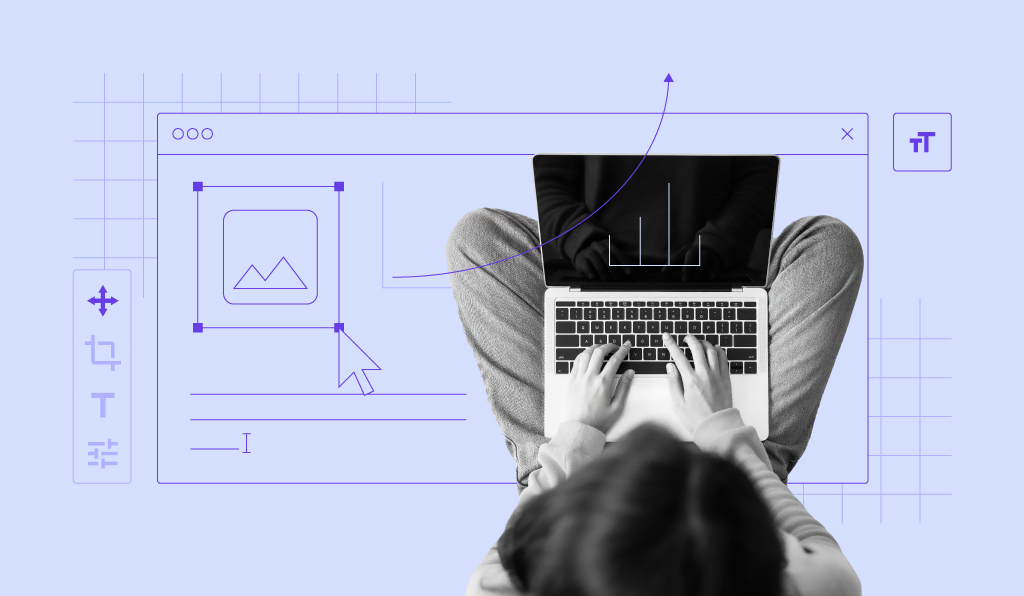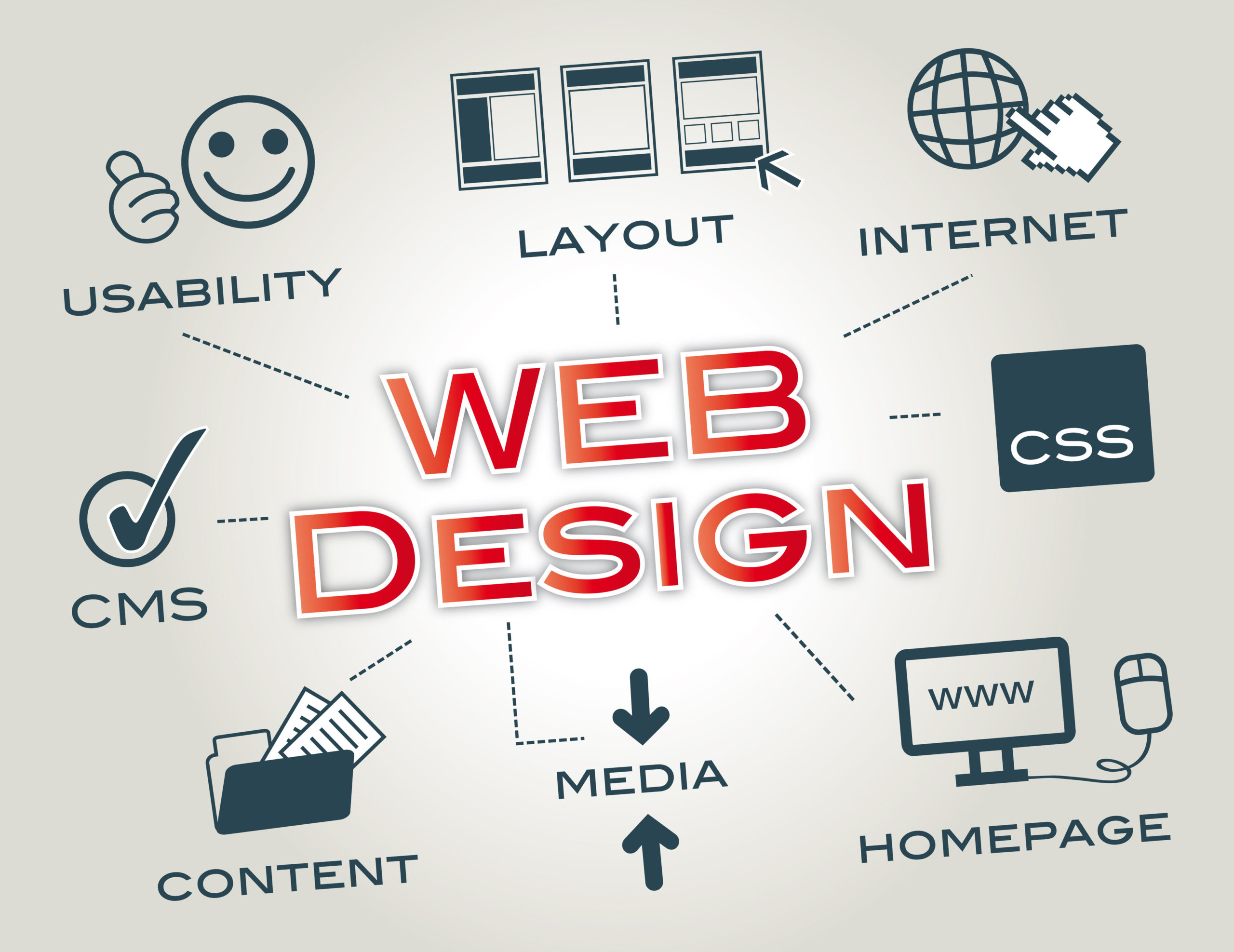The Comprehensive Overview to Crafting Aesthetically Appealing and Functional Website Design That Satisfies Individual Demands
In today's electronic landscape, the value of crafting internet styles that are both visually enticing and functional can not be overstated. By prioritizing user-centered style principles, designers can create experiences that not just bring in yet also maintain customer interest - web design.
Comprehending User-Centered Design
At the heart of effective website design exists the concept of user-centered style, an ideology that focuses on the requirements, preferences, and habits of individuals throughout the development procedure. This strategy entails comprehensive study to comprehend the target audience, making certain that the last product resonates with its intended customers. By incorporating customer feedback at every phase, designers can produce interfaces that are not just aesthetically appealing however instinctive and also practical.
User-centered layout stresses compassion, needing developers to tip into the users' footwear and consider their point of views. Techniques such as customer characters, journey mapping, and functionality screening are employed to determine discomfort factors and chances for improvement. This repetitive process permits consistent improvement, as developers adjust to evolving customer needs and technological advancements.
Integrating user-centered design leads to raised user fulfillment and interaction, eventually causing greater conversion prices and brand name commitment. It fosters a joint setting where stakeholders, consisting of designers, developers, and users, work together to attain a shared vision. By positioning users at the forefront of the design procedure, companies can produce sites that not only fulfill service purposes yet also provide satisfying and meaningful experiences for individuals.
Trick Concepts of Visual Design
Efficient aesthetic design functions as the foundation for developing appealing and easy to use sites. It encompasses several essential concepts that lead developers in crafting cosmetically pleasing and practical interfaces.
First, equilibrium plays a vital duty in attaining visual harmony. Designers ought to disperse components uniformly across the format to stay clear of frustrating users. This can be accomplished through unbalanced or in proportion design methods.
Following, contrast boosts readability and accentuates important components. By utilizing varying dimensions, colors, or shapes, designers can produce focal points that lead users through the material.
In addition, alignment is crucial for arranging info. Consistent placement of message and pictures cultivates a tidy layout, enhancing total navigation and customer experience.
Distance also adds to visual clearness. Organizing relevant things with each other aids users in recognizing the partnership in between various components, making the user interface more user-friendly.
Finally, consistency in layout elements, such as shades, styles, and typefaces, enhances brand identity and assists users navigate the site more easily. By including these vital concepts of visual style, internet developers can create user interfaces that are not only aesthetically appealing however also practical and user-centered.
Significance of Responsive Style
Responsive design is an essential aspect of modern-day internet development, making certain that internet sites function effortlessly throughout a variety of gadgets and display sizes. As the web landscape evolves, the diversity of devicesâEUR" ranging from mobile phones to tablets and desktop computer computersâEUR" demands a layout strategy that accommodates all individuals.
Executing responsive style enables a versatile format that immediately adapts based upon the individual's screen measurements. This flexibility not just enhances ease of access however additionally enhances use, as users can communicate and navigate with the website easily, regardless of their gadget.

In addition, responsive design lowers the need for keeping several versions of a website, enhancing updates and material management. This performance translates right into expense financial savings and a more cohesive brand name experience throughout platforms.
Enhancing Customer Experience
Individual experience (UX) is a critical component of website design, influencing how site visitors communicate with a web site and regard its value. A well-crafted UX guarantees that users can browse intuitively, find information conveniently, and attain their goals successfully. The style has to consider the individual's trip, from the moment they land on the website to the conclusion of their preferred activity, whether that be making an acquisition, enrolling in an e-newsletter, or accessing information.
Crucial element this content that improve UX include clear navigating, responsive formats, and engaging aesthetic material. Uniformity in style aspects such as fonts, buttons, and shades promotes knowledge, making the site really feel cohesive. In addition, enhancing load times is vital; individuals are less most likely to remain on a website that is slow-moving to react.

Checking and Iterating Designs
Testing and iterating styles are basic processes that follow the initial production of a website, making certain that the individual experience stays at the center of any type of changes. These phases include collecting user comments, assessing layout efficiency, and making notified modifications to enhance use and interaction.
Functionality screening allows designers to observe genuine individuals as they engage with the site, determining discomfort points and areas for enhancement. Customer studies can supply qualitative insights, capturing customer views and preferences.
Continual model promotes an adaptive layout approach, where the website evolves in feedback to customer habits and comments. By devoting to strenuous testing and iteration, developers can create a site that not just satisfies visual standards but additionally supplies a pleasurable and seamless user experience.

Final Thought
In conclusion, efficient internet layout necessitates the integration of user-centered concepts, crucial aesthetic layout elements, and responsive frameworks to develop engaging interfaces. By focusing on individual requirements and executing continuous testing and model, developers can refine their creations to boost general complete satisfaction. The commitment to these techniques not just promotes an aesthetically attractive aesthetic but additionally ensures performance across diverse devices, inevitably adding to a favorable user experience and enhanced engagement.
By focusing on user-centered layout principles, designers can develop experiences that not just draw in but additionally preserve individual rate of interest.At the heart of efficient web layout exists the concept of user-centered style, an ideology that prioritizes the demands, preferences, and behaviors of customers throughout the advancement procedure. By placing individuals at the forefront of the layout process, companies over at this website can produce websites that not only fulfill company purposes yet also provide fulfilling and significant experiences for users.
By focusing on customer needs and choices, web designers can produce experiences that are not just aesthetically enticing yet likewise practical, inevitably cultivating customer contentment and loyalty.
Customer studies can offer qualitative insights, catching user sentiments and choices.